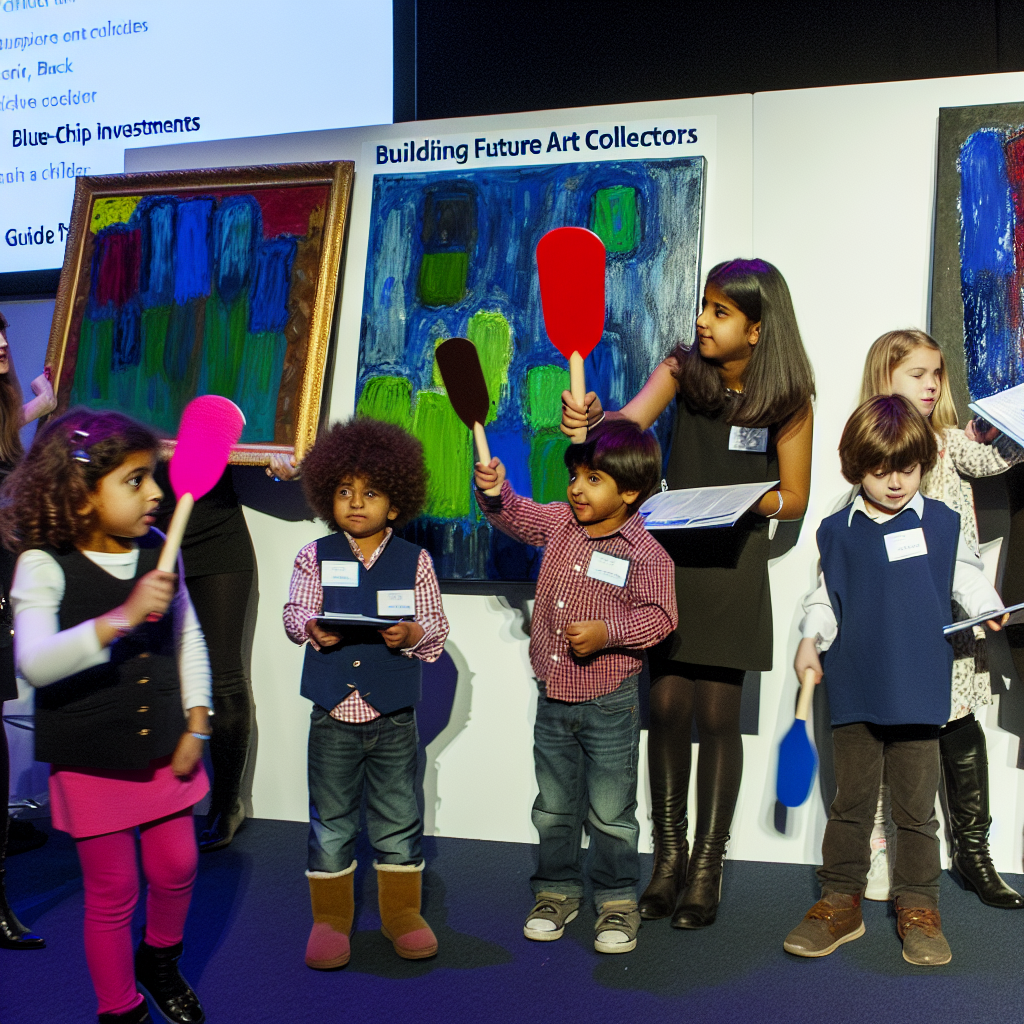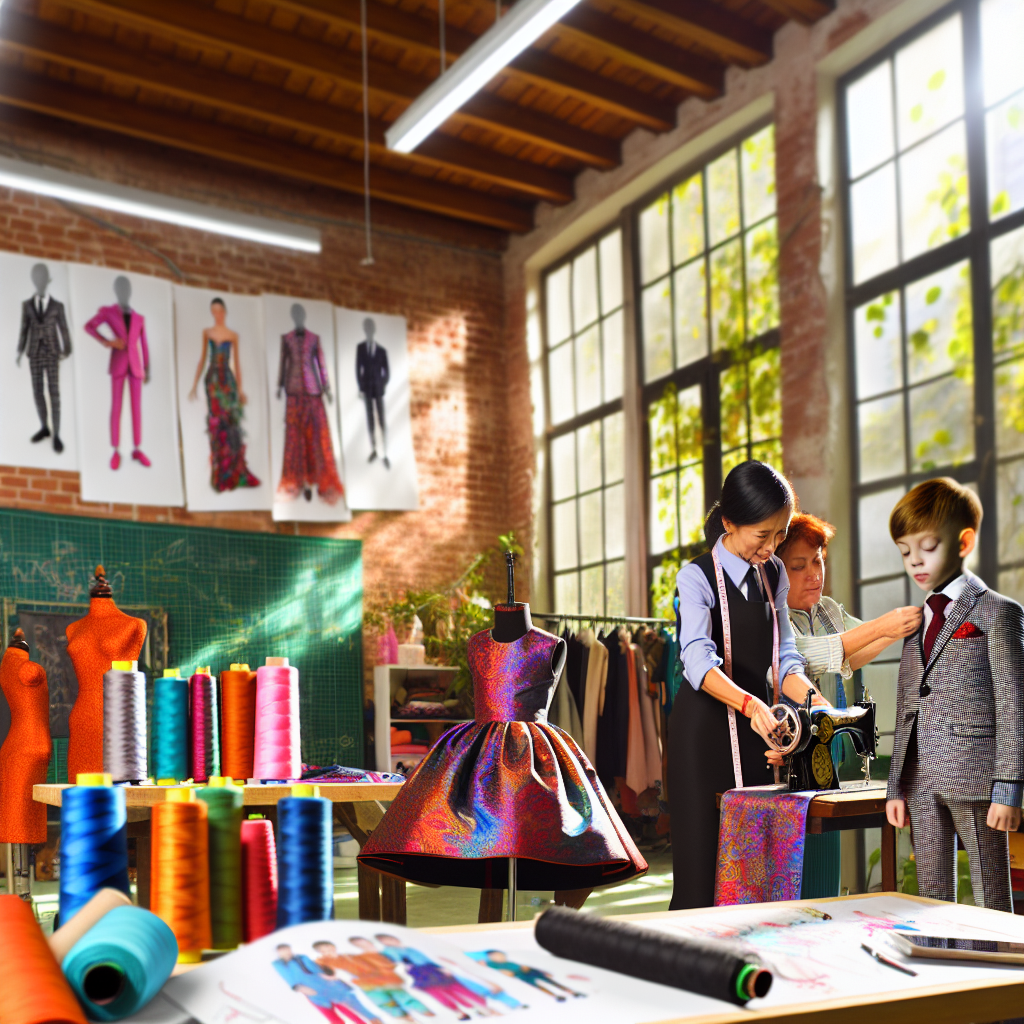Hand-Crafted Mathematical Manipulatives: The Luxury Alternative to Digital Learning
A Return to Tactile Brilliance in an Age of Screens
In today’s rapidly digitized educational landscape, tablets and learning apps reign supreme. Screen-based tools promise accessibility, modernization, and endless engagement through gamified lessons. Yet, as digitally saturated childhoods become the norm, many affluent parents are pushing back — seeking depth, silence, and mindfulness in their children’s growth. One such rising trend in elite education is the revival of hand-crafted mathematical manipulatives — elegant educational tools designed with impeccable materials and timeless intention.
These bespoke learning tools — from walnut number rods to hand-lathed abacuses — offer a multisensory gateway into mathematical thinking. Unlike touchscreens, which draw children’s focus toward two-dimensional visuals, hand-crafted manipulatives offer texture, balance, and weight. They create a space where learning is felt, not just seen.
For parents prioritizing intentional parenting, these tools transcend functionality. Made of wood, felt, leather, and sometimes semi-precious stone, they transform early math into an immersive ritual — one that harmonizes brain development with sensory mindfulness, beauty, and purpose.
Why Hands-On Math Is Backed by Brain Science
The link between hands-on learning and cognitive development is supported by decades of educational research. According to the National Council of Teachers of Mathematics, manipulatives help make abstract concepts tangible, offering children a concrete way to grasp numbers, operations, and spatial relationships.
A 2022 study from the Cognition Journal found that children who used physical mathematical tools outperformed those who only worked through problems on screens or with traditional pencil-and-paper methods. The study emphasized that multisensory input — touch, sight, and proprioception — activates more brain regions, deepening problem-solving skills and conceptual understanding over time.
Where digital apps rely heavily on visual gamification, hand-crafted manipulatives demand more authentic motor planning and spatial awareness. This not only strengthens mathematical reasoning but supports fine motor development — a concern in today’s digital age. The American Academy of Pediatrics has warned against excessive screen time, linking it to declines in manual dexterity and social-emotional regulation.
With hand-crafted manipulatives, learning becomes physical — cubes stack, rods slide, numbers balance — giving math a kinesthetic gravity that screen apps simply cannot replicate.
Sustainable Beauty Meets Cognitive Rigor
Today’s luxury manipulatives are more than just tools; they’re design objects. Crafted from sustainable hardwoods, finished with non-toxic pigments, and housed in display-worthy casings, they make learning moments elegant and intentional. Acclaimed brands like Grimm’s Spiel und Holz and Chez Les Monstres in France have elevated early education by combining eco-conscious manufacturing with artisanal aesthetics.
These tools often echo Montessori principles, which emphasize hands-on discovery and purposeful repetition. According to the Montessori Guide, tactile materials help children internalize complex ideas through manipulation, not memorization. When applied to math, handcrafted tools transform abstract quantities into deeply familiar physical experiences — helping kids understand the “why,” not just the “how.”
Some parents even commission custom math kits: a geometry set etched in marble, a Fibonacci spiral made with brass inlays, or a miniature abacus enclosed in a rosewood case. These items aren’t just educational instruments — they are heirlooms, designed to be passed down through generations, connecting children to a lineage of beauty, logic, and craft.
Elevating Everyday Education with Purposeful Play
In an era dominated by all-things-digital, purposeful play has become the new luxury. For the elite, education is no longer just about access; it’s about experience, aesthetics, and depth of engagement. Hand-crafted mathematical manipulatives reflect this mindset perfectly.
Rather than exhausted screen-time or plastic number toys, children are drawn into slow learning moments — pairing mindfulness with logic, beauty with strategy. When math becomes sensory, personal, and beautiful, curiosity naturally follows. Learning is no longer a chore to complete but a delight to explore.
Parents who invest in such tools aren’t merely purchasing higher-end versions of classroom basics. They’re redefining what intellectual enrichment looks like — creating learning rituals that foster cognitive sophistication, discipline, and even aesthetic appreciation from the earliest years.
References
- Cognition Journal (2022): Cognitive Benefits of Hands-On Mathematics in Early Education
- American Academy of Pediatrics: Media and Young Minds Recommendations (2021)
- National Council of Teachers of Mathematics: Effective Teaching Practices with Manipulatives (2020)
- Grimm’s Spiel und Holz Design: Craftsmanship and Educational Philosophy
- Montessori Guide: Why Hands-on Math Works — The Montessori Perspective

Dominic E. is a passionate filmmaker navigating the exciting intersection of art and science. By day, he delves into the complexities of the human body as a full-time medical writer, meticulously translating intricate medical concepts into accessible and engaging narratives. By night, he explores the boundless realm of cinematic storytelling, crafting narratives that evoke emotion and challenge perspectives. Film Student and Full-time Medical Writer for ContentVendor.com




